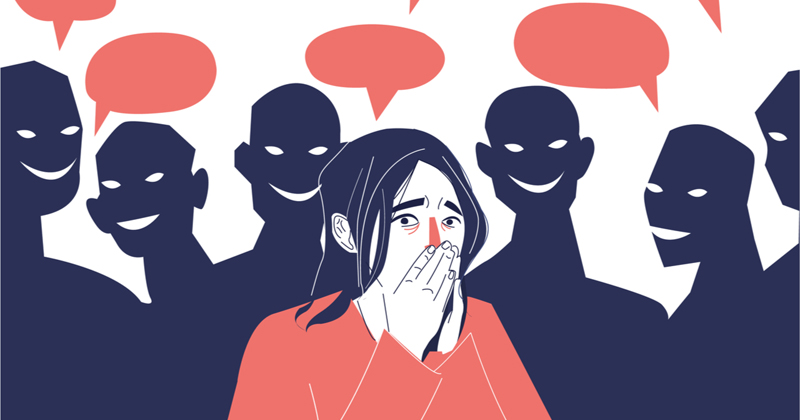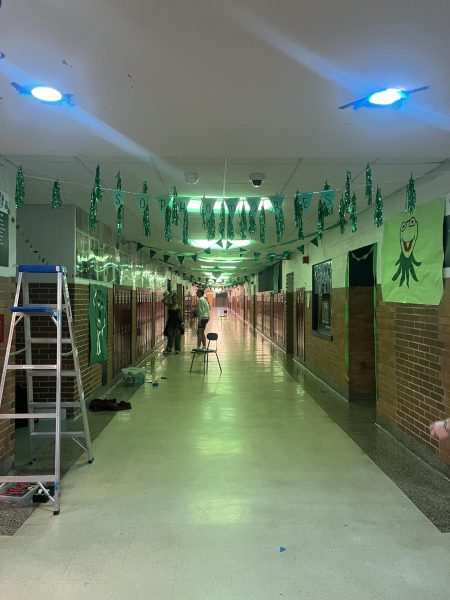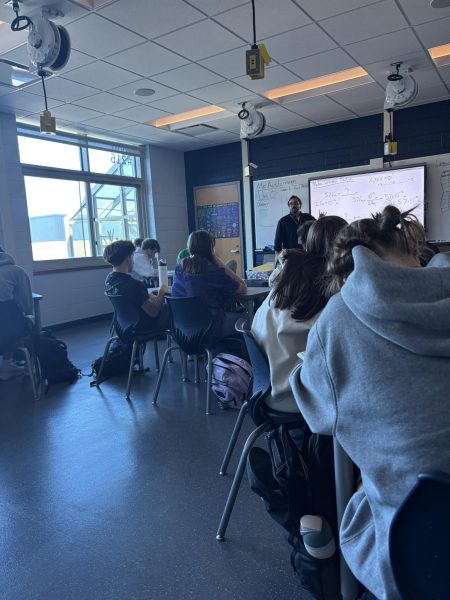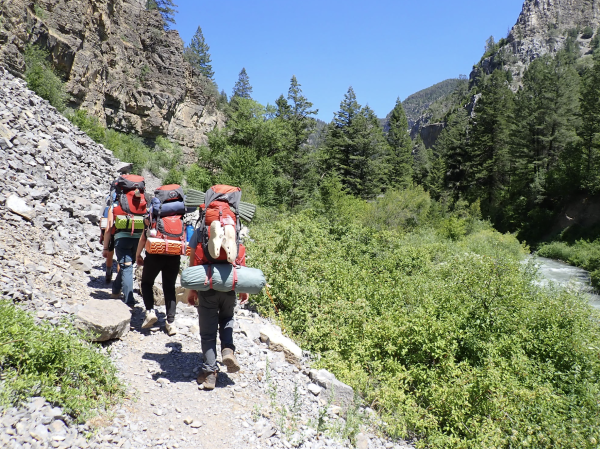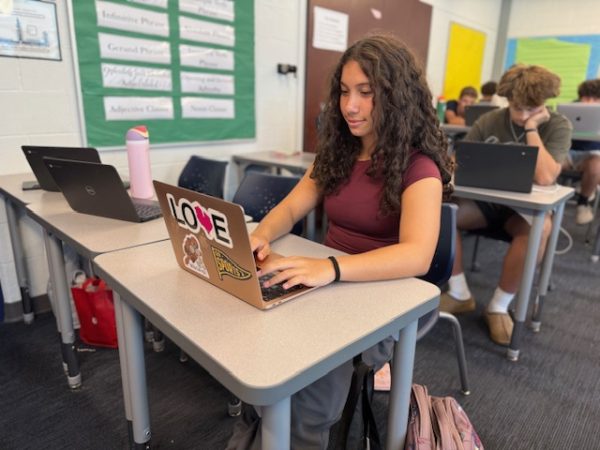Did COVID-19 Create a Wave of Social Anxiety for Teens?
After two long years of navigating virtual classes, regular mask-wearing, and other various COVID-19 protocols, high school students face a new, and perhaps unexpected challenge: post-pandemic social anxiety.
For what used to just be the Sunday scaries, anxiety takes a different form as teens head back to school for a hopefully normal year. Students are hesitant to participate in social gatherings and don’t feel as socially fulfilled as they once did two years ago.
Since the very first spike in COVID cases, the Berkley School District has been compliant in following federal guidelines set by the CDC. For a while, this meant no in-person classes, extra-curriculars, or large social gatherings, and, although it took some getting used to, this eventually became the new normal and it wasn’t uncommon for teens to find themselves comfortable in this social isolation.
This period of time gave students a break from what was usually a rigorous social and academic schedule. With the extra downtime, an opportunity for self-reflection was created. Self-care activities and mental health took priority for teens during such unprecedented times, where child and adolescent mental health was declared as a national emergency.
However, as things begin to normalize, many of the practices that keep teens grounded are being pushed to the side. With little warning, social gatherings are back in full swing for the busiest time of the high school academic year: football and homecoming season.
Although football games typically have a very positive connotation, it’s widely agreed upon that most teens feel differently about them than they did two years ago.
One Berkley student explains that before the first game in August, her social anxiety made her feel like she had to plan small-talk questions out beforehand, so she wasn’t “standing there awkwardly”. This year, a senior says, “It felt like everyone was staring at me, regardless if they actually were or not”. Another was so overwhelmed by her anxiety she contemplated if going was even worth the mental strain. Many students also said they feel their anxiety is unrelated to their fear of contracting the virus, saying, “It’s mainly social anxiety and has little relation to COVID trends”.
These students are living with some degree of social anxiety, which has only intensified since the pandemic. Social isolation has created circumstances where teens have grown accustomed to reclusive routines. BHS students aren’t alone in experiencing social withdrawal. According to the National Comorbidity Survey Adolescent Supplement (NCS-A) about 9% of adolescents have social anxiety disorder. Now, many feel this disorder has taken a more prominent role in their lives, affecting their ability to interact with others and maintain healthy relationships.
In addition to this post-pandemic anxiety, students also face a systematic issue that has been lingering for decades: the stigma around mental health. This includes (but is not limited to) beliefs that people with mental illnesses are dangerous, incompetent, or responsible for their disorder. Stereotypes and discrimination can take many forms such as self-stigma, public stigma, and institutional stigma. As a result, individuals feel as though they don’t have a safe space to openly express what they are going through. This prejudice also prevents people from seeking treatment with fear of being treated differently. The National Center for Health Statistics (NCHS) reported that in 2019, only 13.6% of children ages 5-17 received mental health treatment. Those not seeking help or who do not have access to professional care are, in large, left to combat their mental health alone.
However, one thing the pandemic has done is provide people with various forms of healthcare from the comfort of their own homes. Use Telehealth for example; it has been around since the 1990s but it wasn’t until COVID that the platform really was given a space in healthcare. In particular, virtual psychology practices have flourished. Online therapy resources like Talkspace, Cerebral, and LiveHealth Online are great ways for anyone seeking mental healthcare virtually. These sources are secure, and with the help of insurers and new state mandates, they are also affordable.
Even more convenient and accessible to BHS students is our team of counselors: Mrs. Weiss, Mrs. Sloan, Ms. Drinkard, and Mrs. Tye are all certified mental health professionals. The counseling program at Berkley is great for providing students with coping strategies for anxiety, as well as other emotional challenges. Our counselors also help students maintain and/or develop healthy routines and habits.
Aside from therapy and counseling, there are tools to help relieve anxiety that don’t require outside support. The number one thing that BHS students shared in common was that talking with a close friend or family member about their feelings really helped alleviate their anxiety. For those who find it hard to get vulnerable with others, journaling is a great tool. Simply writing down how you are feeling creates a safe and reliable space to come back to daily.
To help move through anxiety in the moment, the ‘5, 4, 3, 2, 1’ method is an exercise used to become familiar with your surroundings and find peace. To start, notice 5 things you can see, small or large, anything in sight will do. Next, 4 things around you that you can feel. Follow this by 3 things you can hear, 2 things you can smell, and 1 thing you can taste. This grounding method can be really effective at interrupting intrusive thoughts.
The pandemic has done a lot of things to the mental health of teens and social anxiety is one of them. As unfortunate as it is that anxiety has taken such a hold of a generation, COVID has also created the opportunity to lessen the stigma around mental health. Being educated and having thoughtful word choice can go a long way as our society takes a step in the right direction.

Hi everyone! My name is Isabella, and this year I have the honor of being Copy Editor alongside Aiden Aronoff. I decided to join journalism last year because...


